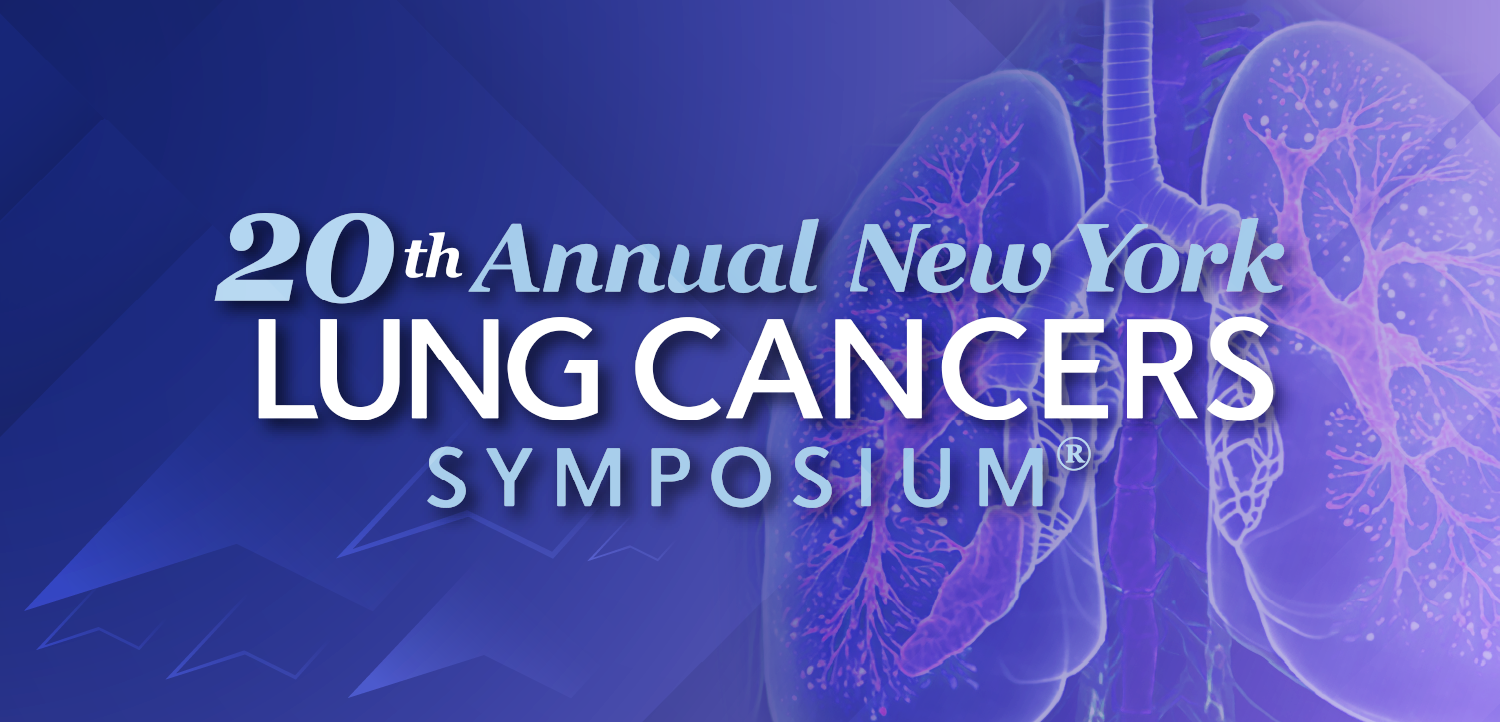
Authenticity of brand messaging for retaining and recruiting staff │ Viewpoint
Ensuring that employee experiences align with an organization’s brand is an impactful strategy for turning the tide on turnover.
While hospital CEOs continue to rank workforce-related issues as their top concern, organizations throughout the healthcare industry are battling profound challenges in recruiting and retaining personnel.
Compensation incentives, alternative staffing plans, and new technologies for relieving the pressures of time-demanding tasks are examples of solution strategies being put in place. All are important measures, yet recent studies of clinician priorities are also reporting that culture, respect and trust in leadership carry significant weight.
To that point, the authenticity of who an organization says it is in marketing its services, attracting new employees and retaining existing staff has never been more critical. In fact, ensuring that employee experiences align with an organization’s brand messaging is an impactful strategy for turning the tide on turnover.
It begins with compelling brand messaging that is neither a dry inventory of services offered, nor effusive, pie-in-the-sky declarations of superiority. Instead, it is tailored language that reflects a healthcare organization’s unique values and culture, as well as its purpose. In other words, the essence of what distinguishes it from others.
A helpful analogy is envisioning the table of like organizations your healthcare delivery system sits at, and what differentiates it from others seated on either side? If you are an urgent care center, it’s clear what distinguishes you at the comprehensive table of medical care services. But what articulates your unique difference at the more focused table of other urgent cares? What beliefs in how healthcare should be delivered shaped its formation and guided its priorities?
Effective brand messaging not only declares who you are, it establishes expectations.For instance, a hospital that defines itself as family-centered in how it not only cares for patients, but their loved ones as well, is establishing patient expectations that must be met or risk dissatisfaction. For the staff expected to deliver that experience, the same brand message has personal relevance. Does the organization that describes itself as family-centered exhibit that to its own employees? And if so, how?
Authenticity of expressed values is essential to cultivating and protecting a healthy organizational culture. When clearly defined, relevant, communicated, and experienced, it is the glue that bonds employees, inspires pride and strengthens loyalty. If not, just like the dissatisfied patient, there is a loss of trust that is difficult to rebuild and costly in its contribution to turnover.
A commitment to putting brand messaging into action requires evaluation from two perspectives. First, where may you be vulnerable for inconsistencies in who you say you are externally and what employees actually experience internally? Second, where are there opportunities for purposefully creating experiences that enhance the impact of your messaging?
Formulating actionable recommendations to repair inconsistencies requires a variety of assessment tools for collecting meaningful findings. From online surveys to onsite observations, including anonymous assessors, if appropriate, each application presents unique opportunities for insights into how brand messages are experienced.
With employee satisfaction low, and cynicism running high, follow through on implementation of actionable recommendations that eliminate inconsistencies is as important to strengthening trust as ensuring message authenticity. A
In addition to opportunities for creating actionable experiences, assessment findings will often identify needs for production of support materials and training that provide staff with the communication skills and tools they need to succeed. It’s a particularly important investment in optimizing employee performance if providers regularly report being surprised by negative comments because they left an exchange with a very different impression.
The post-pandemic recovery period that healthcare organizations find themselves in offers an excellent opportunity for a refresh of meaningful brand messaging and renewed commitment to how that translates into actionable experiences for retaining and recruiting employees.
About the author
Kelli Newman, APR, is president of the Houston-based communication strategies firm, Newman & Newman, Inc.

















































